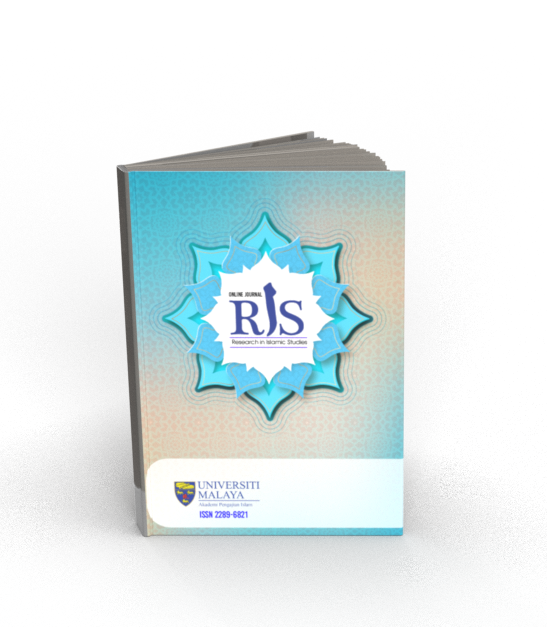Main Article Content
Abstract
Although religious extremist movement led by ISIS has shown deterioration in both its operations and strength, this never eradicate people’s fears on religious extremism in future. Hence, this paper aims to examine the ISIS movement in Malaysia from an ideological standpoint, its activities, as well as to offer suggestions for deradicalization measures in facing future religious extremism. This study is based on the documentation method by collecting and researching various sources related to the scope of the discussion. Ideologically, ISIS adhered to the Salafi Jihadi doctrine which strict in interpreting religion. Similar to other countries, there were a small number of Malaysians who directly involved with the ISIS struggle in many ways. To face the threats of religious extremism, several suggestions for deradicalization measures are presented through the role of government, educational institutions, religious institutions, and security forces. This paper argues that any form of religious extremism must be holistically eradicated so that the image of Islam and national peace can be maintained.
Keywords
Article Details
Copyright (c) 2022 Online Journal of Research in Islamic Studies

This work is licensed under a Creative Commons Attribution-NonCommercial-ShareAlike 4.0 International License.
Copyright Notice
By submitting manuscripts to the Online Journal of Research in Islamic Studies (RIS), authors agree to transfer copyright to the journal. However, authors may republish their work or grant others permission to republish it; in which case it should be accompanied by a proper acknowledgment that the work was originally published in the Online Journal of Research in Islamic Studies (RIS). The journal adopt CC-BY-NC licence which authors may also share and distribute their article anywhere of non-commercial website, social media and repositories immediately on publication.
Authors may also reuse the Abstract and Citation information (e.g. Title, Author name, Publication dates) of their article anywhere at any time including social media such as Facebook, blogs and Twitter, providing that where possible a link is included back to the article on the journal site.
